How Does a Water Heater Work Step by Step? Complete Guide to Hot Water Systems
Ever wondered how a water heater produces hot water in your home? Learn step-by-step how electric, gas, tankless, and heat pump water heaters work, including parts, process, and energy efficiency tips.
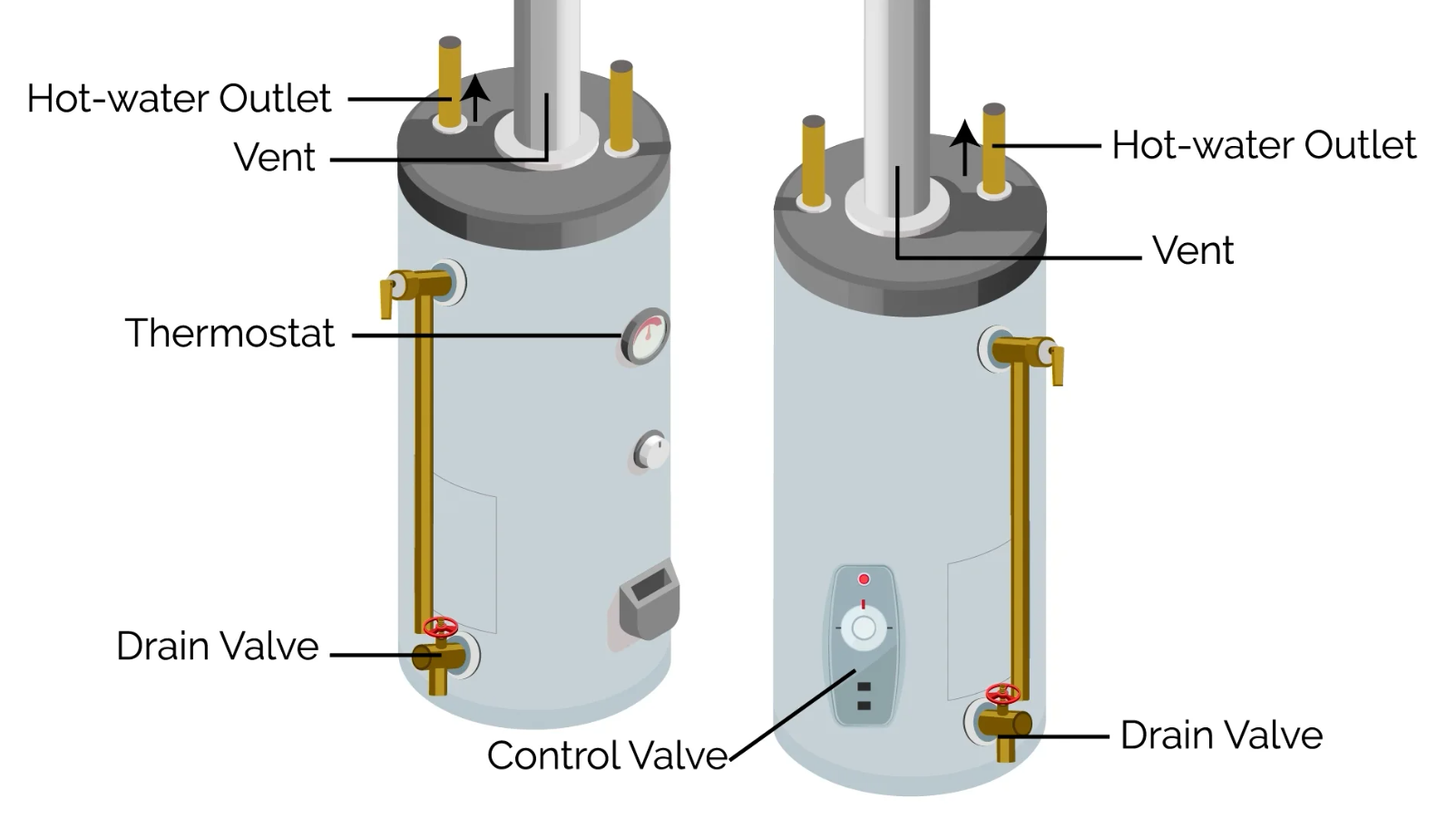
alwepo.com – How Does a Water Heater Work Step by Step? – Hot water is one of the essential comforts of modern living — whether it’s for showers, dishwashing, or laundry. But have you ever wondered how your water heater actually works?
From the moment you turn on the tap, your water heater goes through a fascinating process of heating, storing, and delivering hot water — all within seconds.
In this complete guide, we’ll explain how a water heater works step by step, explore different types of hot water systems, and share useful tips to improve efficiency and reduce energy bills.
What Is a Water Heater?
A water heater is a device designed to heat cold water and maintain it at a set temperature until it’s needed. It can be powered by electricity, natural gas, propane, solar energy, or heat pumps, depending on the system type.
Most residential water heaters are of two main types:
-
Storage (Tank) Water Heaters — heat and store water in a tank.
-
Tankless (On-Demand) Water Heaters — heat water instantly as it flows through.
Main Components of a Water Heater
Although water heaters come in various designs, most share similar core components:
a. Tank (Storage Type Only)
A steel or glass-lined container that holds hot water, usually insulated to prevent heat loss. Common sizes range from 30 to 80 gallons.
b. Heating Element or Burner
-
Electric models use heating elements inside the tank.
-
Gas models use a gas burner at the bottom and a flue to vent exhaust gases.
c. Thermostat
A control device that maintains the water temperature — typically between 120°F and 140°F (49°C–60°C).
d. Dip Tube
A vertical pipe that delivers cold water to the bottom of the tank for heating.
e. Hot Water Outlet
The pipe that carries heated water from the top of the tank to faucets or showers.
f. Pressure Relief Valve
A safety feature that prevents overpressure by releasing water if pressure or temperature exceeds safe limits.
g. Anode Rod
A metal rod (usually magnesium or aluminum) that prevents corrosion inside the tank by attracting rust-causing particles.
How a Water Heater Works Step by Step (Tank Type)
Here’s the complete process of how a traditional storage water heater operates:
Step 1: Cold Water Enters the Tank
Cold water from your home’s main line enters the water heater through the dip tube, which directs it to the bottom of the tank.
Step 2: Heating Begins
Depending on the power source:
-
Electric heaters use one or two heating elements located inside the tank.
-
Gas heaters ignite a gas burner underneath the tank, heating the water above it.
Step 3: Temperature Control
The thermostat monitors water temperature. When it drops below the set level, the heating element or burner activates automatically.
Step 4: Hot Water Rises to the Top
As the water heats up, it becomes less dense and naturally rises to the top of the tank — while cooler water stays at the bottom for reheating.
Step 5: Hot Water Flows to Fixtures
When you turn on a hot water tap, pressure from the cold water line pushes hot water out through the hot water outlet pipe.
Step 6: Safety and Pressure Control
If pressure builds up excessively, the temperature and pressure relief valve (T&P valve) releases a small amount of water to prevent tank damage.
Step 7: Standby and Reheating
When no hot water is being used, the system goes into standby mode — maintaining water temperature with minimal energy.
How a Tankless Water Heater Works Step by Step
Tankless water heaters, also known as on-demand systems, work differently — they don’t store water. Instead, they heat it only when needed.
Step 1: Water Flow Starts
When you open a hot water tap, cold water enters the unit through an inlet pipe.
Step 2: Flow Sensor Activates
A flow sensor detects the water movement and signals the system to start heating.
Step 3: Heating Process Begins
-
In gas models, a gas burner ignites and heats a heat exchanger.
-
In electric models, powerful electric coils heat the water as it flows through.
Step 4: Water Heats Instantly
As water passes over the heat exchanger or coils, it heats up within seconds to the desired temperature.
Step 5: Hot Water Delivery
The heated water exits the system and flows directly to the faucet — no tank, no storage, and no standby heat loss.
How a Heat Pump Water Heater Works Step by Step
A heat pump water heater (HPWH) uses electricity and ambient air to heat water more efficiently.
Step 1: Air Intake
The heat pump pulls warm air from the surrounding environment.
Step 2: Heat Absorption
A refrigerant inside the system absorbs this heat from the air.
Step 3: Heat Transfer
The refrigerant passes through a compressor, increasing its temperature and transferring the heat to water in the storage tank.
Step 4: Hot Water Storage
Heated water is stored in the tank until needed, while cool air is released into the room.
This system is up to 3 times more energy-efficient than conventional electric heaters because it moves heat instead of generating it directly.
Types of Water Heaters and How They Differ
| Type | Energy Source | Heating Method | Storage | Ideal For |
|---|---|---|---|---|
| Electric Water Heater | Electricity | Heating elements | Yes | Apartments, indoor use |
| Gas Water Heater | Natural gas / LPG | Gas burner & flue | Yes | Homes with gas supply |
| Tankless (On-Demand) | Electric or Gas | Instant heat exchanger | No | Small homes, energy-efficient users |
| Heat Pump Water Heater | Electricity + Air | Heat transfer via compressor | Yes | Energy-conscious households |
| Solar Water Heater | Solar energy | Solar collector panels | Usually Yes | Sunny climates, eco-friendly homes |
Energy Efficiency and Operating Costs
Energy efficiency varies greatly among water heater types:
-
Electric heaters are simple but have higher running costs.
-
Gas heaters heat faster and are cheaper to run in areas with affordable gas.
-
Heat pump and solar heaters provide the lowest long-term costs and environmental impact.
💡 Tips for Better Efficiency
-
Set water temperature to 120°F (49°C) — safe and energy-saving.
-
Insulate the tank and pipes to reduce heat loss.
-
Drain the tank annually to remove sediment buildup.
-
Install low-flow fixtures to use less hot water.
-
Choose the right size — too large wastes energy, too small causes shortages.
Common Problems and Maintenance Tips
Common Issues:
-
No hot water
-
Water too hot or too cold
-
Leaking tank
-
Strange noises (popping or hissing)
-
Rust-colored water
Basic Maintenance Tips:
-
Test the pressure relief valve regularly.
-
Replace the anode rod every 3–5 years.
-
Flush the tank once a year to remove scale.
-
Clean or replace heating elements if needed.
-
For tankless units, descale annually if you have hard water.
Conclusion
A water heater is an essential appliance that combines smart design, heat transfer, and safety controls to deliver comfort at home.
Understanding how a water heater works step by step — from cold water intake to hot water output — helps you maintain it better, save energy, and extend its lifespan.
Whether you choose an electric, gas, tankless, or heat pump system, the key is selecting a model that matches your household size, water usage, and energy preferences.
With proper maintenance and smart operation, your water heater will provide reliable hot water for many years to come.




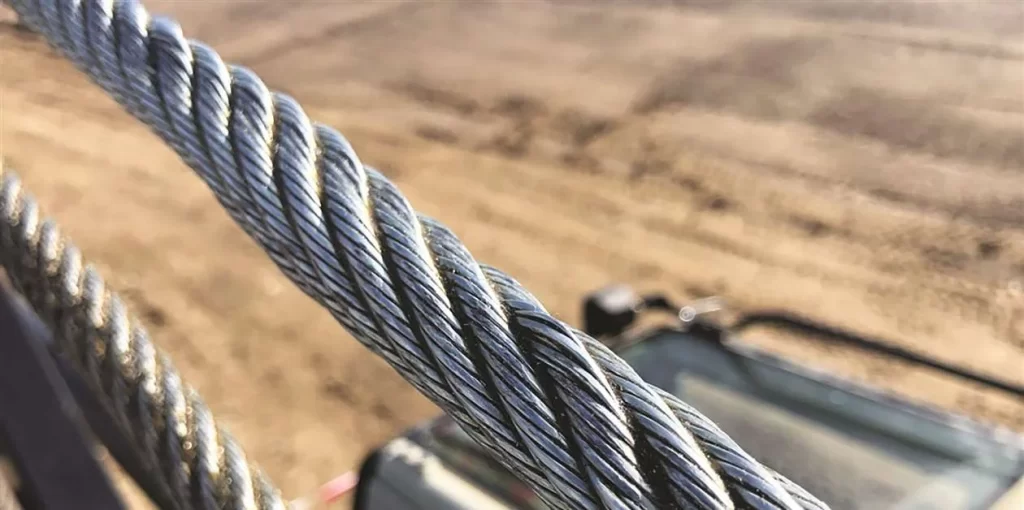

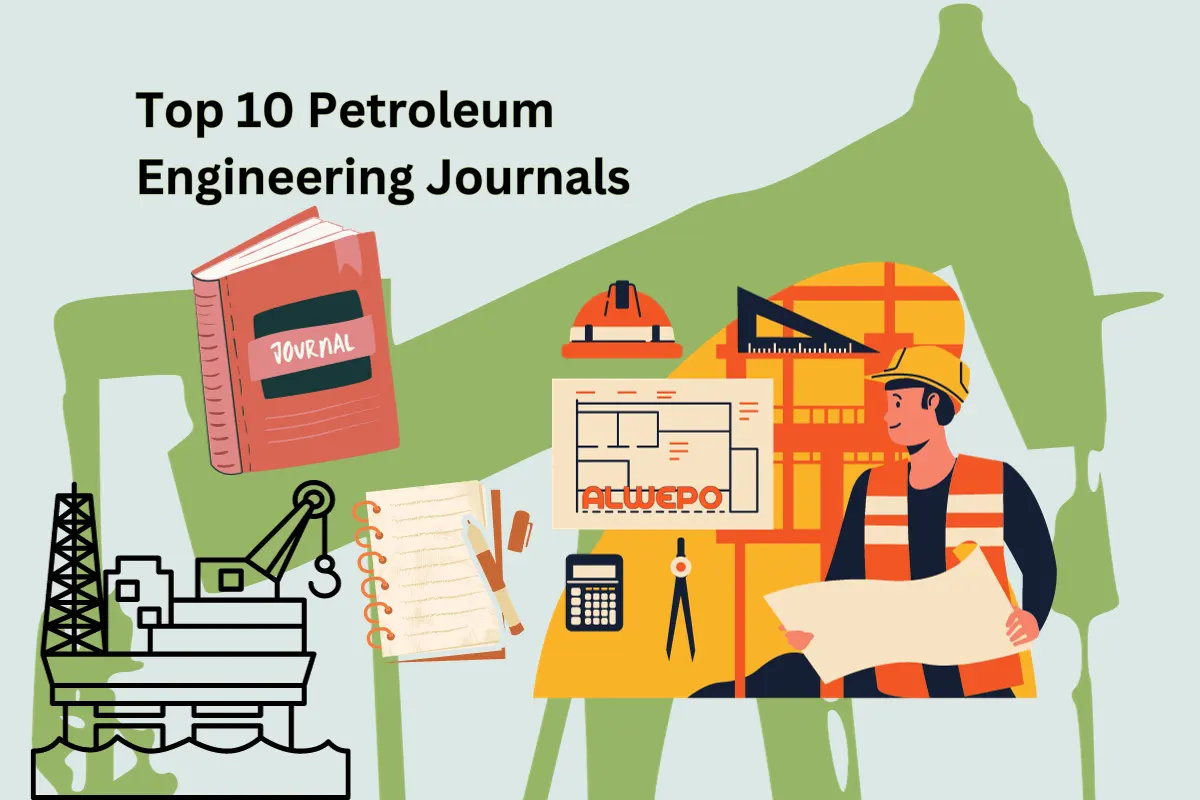
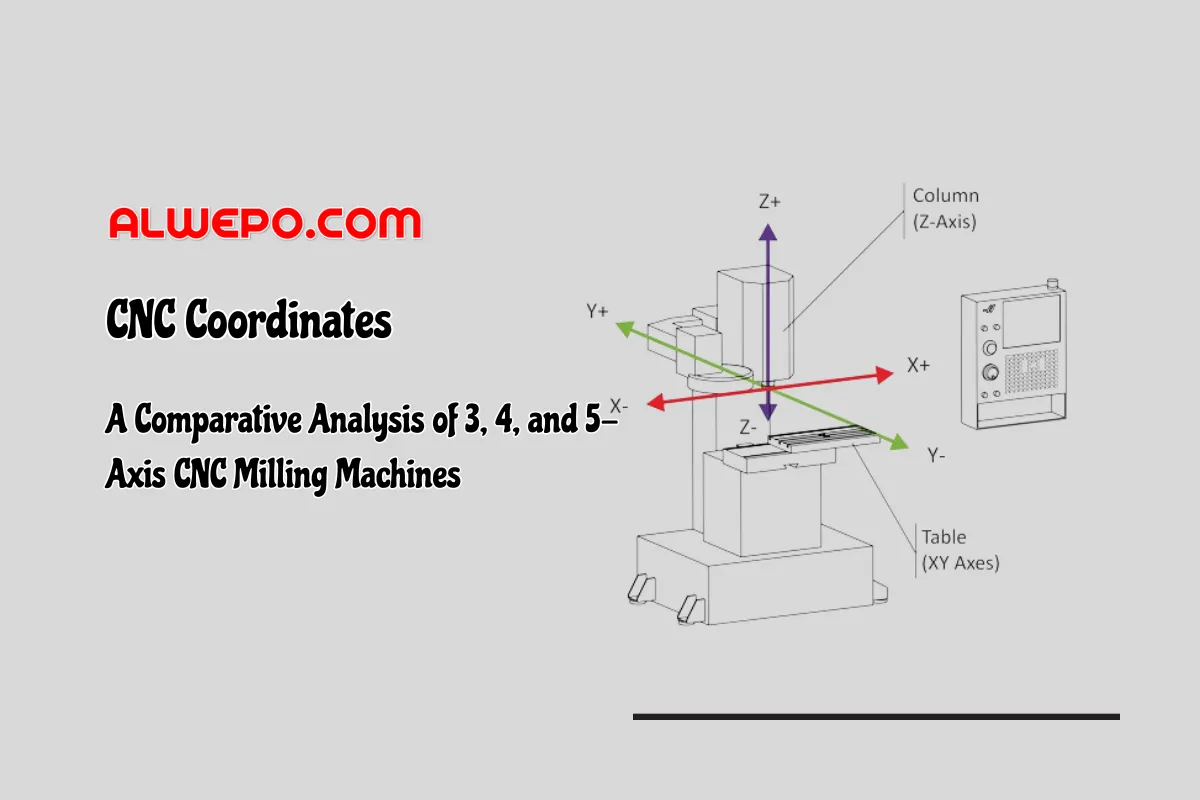

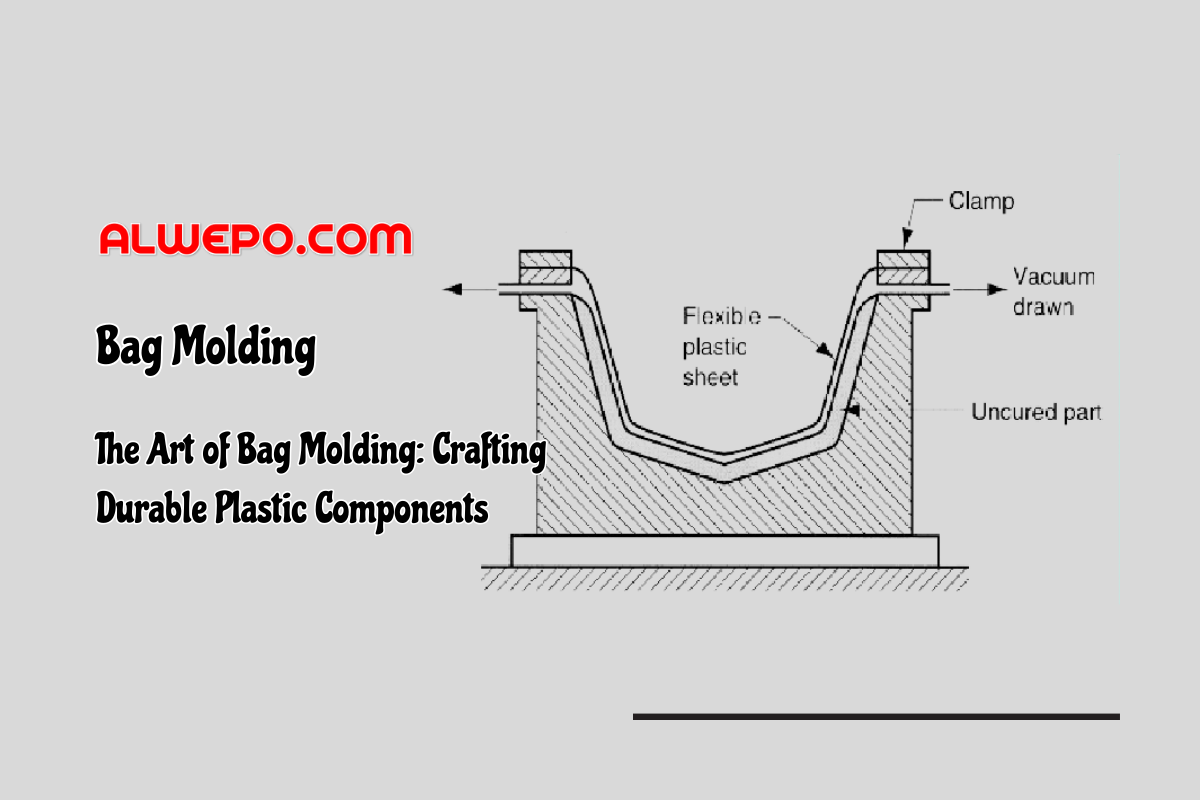
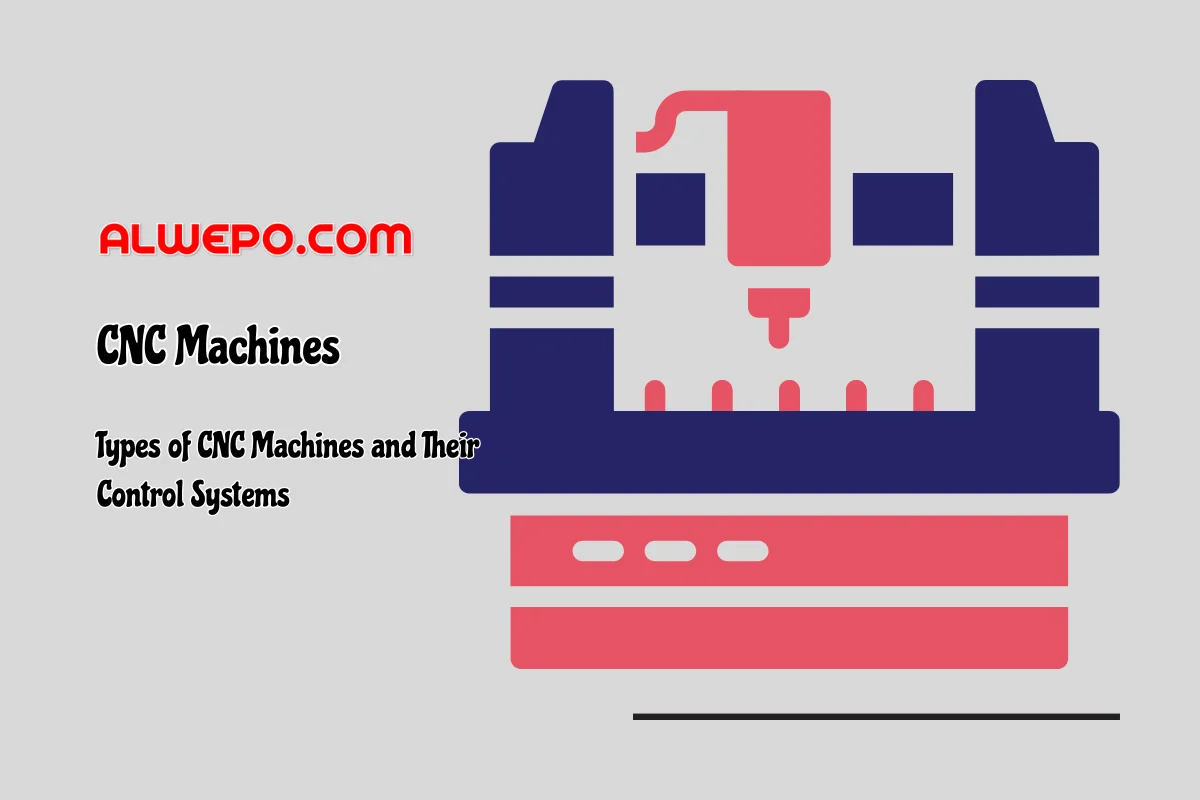
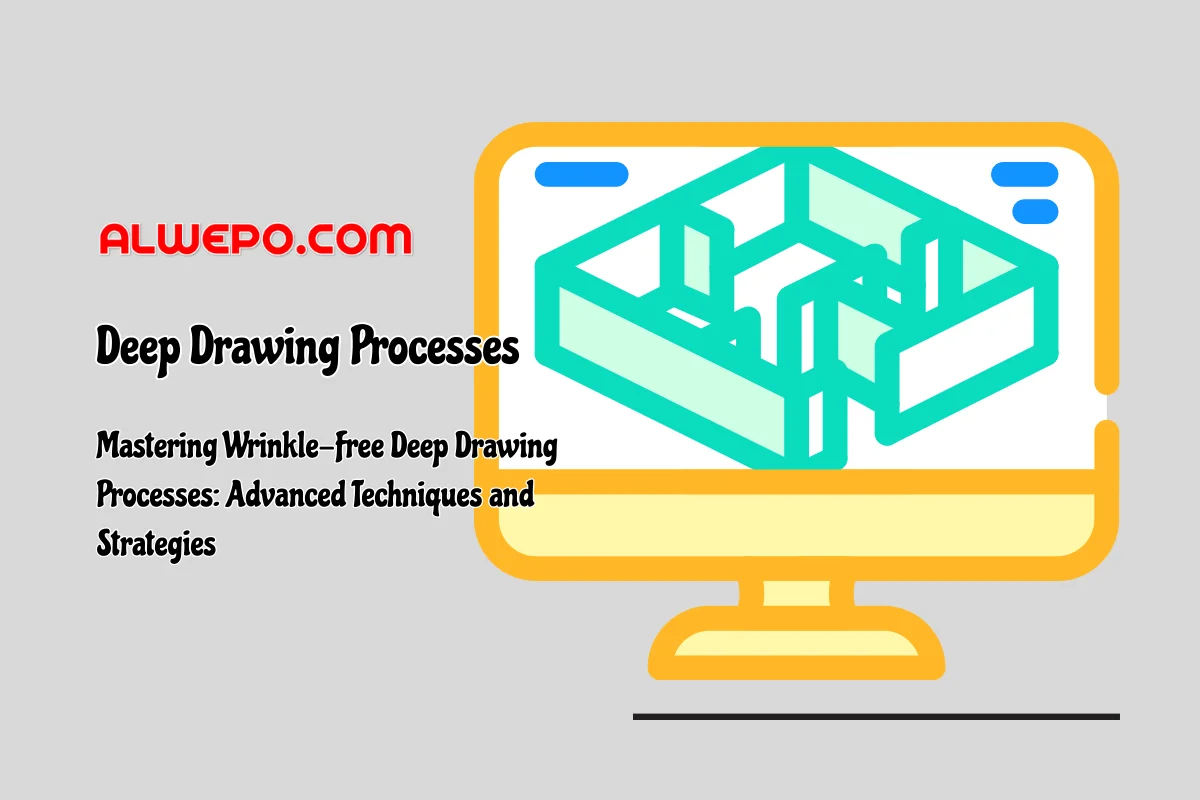




Leave a Reply
View Comments